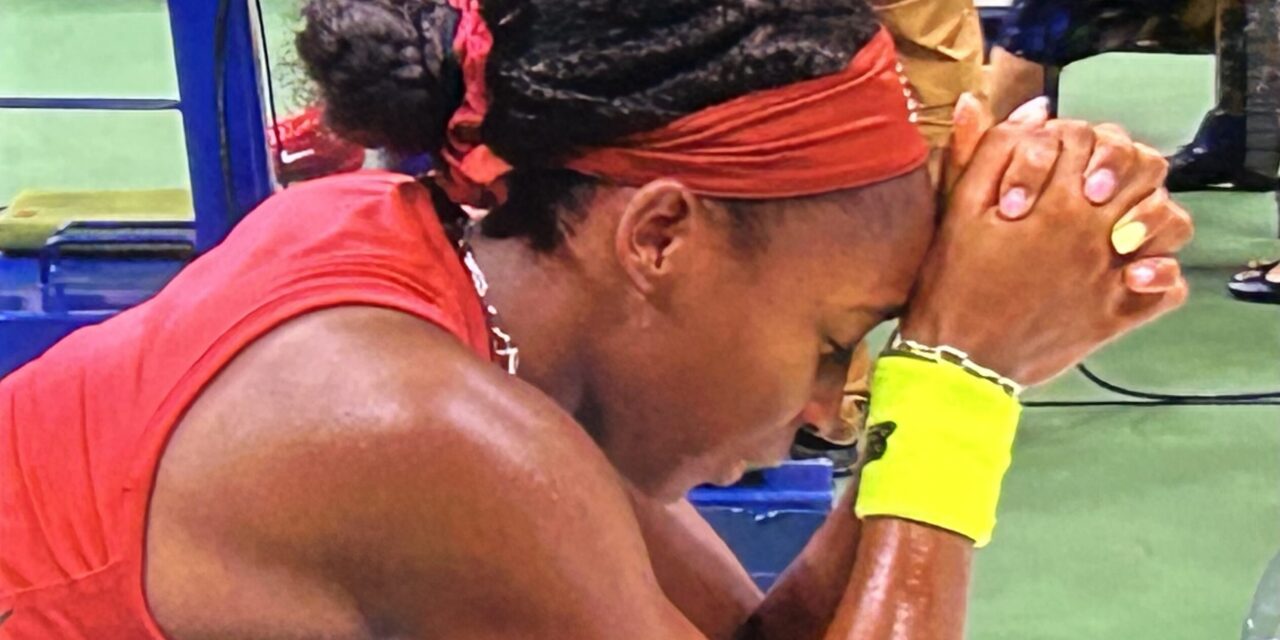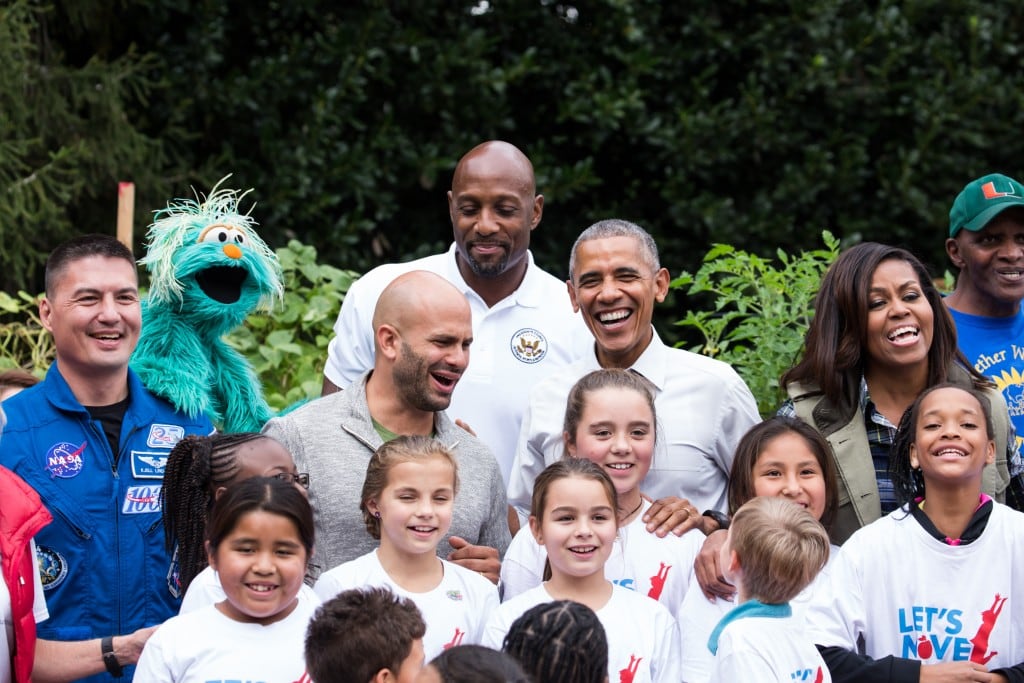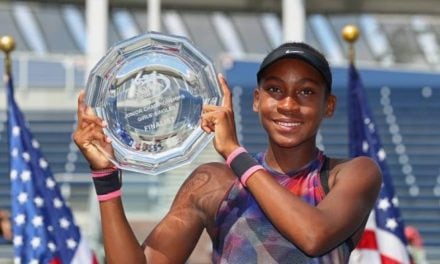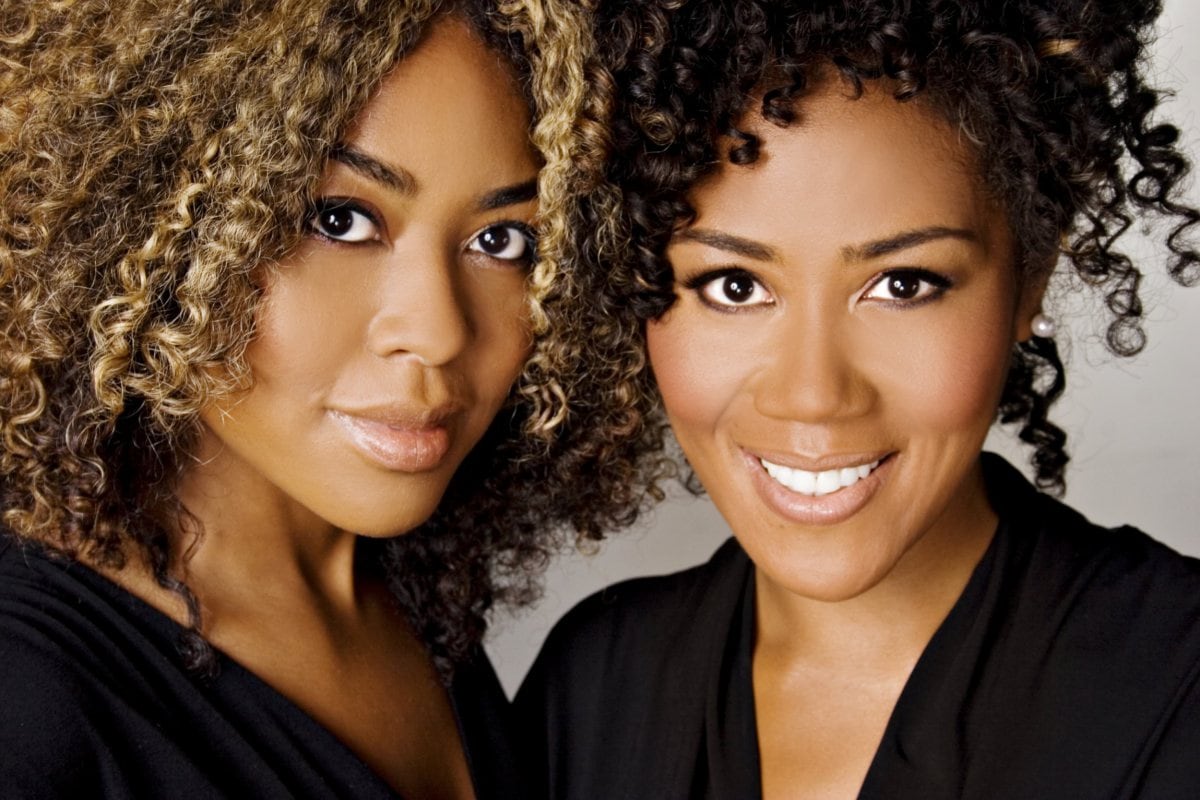By Larry Bivins
I suspect I was not the only Black Coco Gauff fan whose eyes became watery while watching her hug her dad, Corey, just moments after she had made another entry into the record books of tennis history by winning the U.S. Open women’s championship, her first major title.
At 19, Coco became the third American teenager to win the final Grand Slam event of the season. And she is the fifth Black American to win the title, joining Althea Gibson, Serena and Venus Williams and Sloane Stephens.
Given the swell of concern building around Coco’s forehand and doubt about whether she could win a major without some serious changes to the way she hits it, I can imagine the range of emotions that coursed through dad and daughter during their tight embrace, interrupted briefly to make room for Coco’s mom, Candi.
She had proven the doubters wrong, as I knew she would eventually. For Coco has something that transcends forehands and backhands. She has the heart of a champion.
That is what was most on display in her thrilling three-set win over now No.1 ranked Aryna Sabalenka. It was her grit, her athleticism, her utter refusal to succumb to the awesome power of her hard-hitting opponent that carried her to victory after losing the first set.
In her post-match speech, Coco addressed the naysayers.
“To those who thought they were putting water on my fire, they were adding gas to it,” she said. “Now, I’m burning so bright right now.”
Indeed, Coco has been aflame ever since she lost in the first round at Wimbledon in early July. She has compiled an 18-1 record, winning three out of four tournaments, each a tier above the previous one in terms of ranking points and prize money.
Her run began in Washington, D.C., where she clinched her first 500-level title, continued in Cincinnati where she added her first 1,000-level crown and ended in New York with the 2,500-point U.S. Open that also came with a $3 million check.
That is quite a statement for a player who just a few months ago was at a “crossroads” in her career, according to one tennis blogger.
When I saw that article about a week before the French Open, I thought ... hmmmm, a crossroads? Really, at age 19?
While I understood where the writer was coming from regarding the issues Coco seemed to be having at the time with her forehand, I thought it premature to suggest her career was on the brink.
Here’s why:
One could argue last year was Coco’s best before her run this year. She was 38-13 with a title run at the French Open where she lost in straight sets. She cracked the Top 10 for the first time, rising as high as No. 4, and reached No. 1 in doubles. And she qualified for the WTA year-end championships in both singles and doubles.
You don’t achieve those kinds of results competing against the top players in the world with a fatally flawed forehand.
But Coco ended 2022 on a five-match losing streak, including all her singles and doubles matches, and that’s when the issue of her forehand grip grew from a mere caveat to a cause for grave concern.
Coco Gauff has something that transcends forehands and backhands.
She has the heart of a champion.
The concern seemed to subside when Coco won her third title at the start of 2023. But she again began losing matches she was expected to win and wound up with a so-so record for the spring. By the time the French Open came around, Coco was no longer in the conversation about who would win at Roland Garros, even though she was the current runner-up.
When Coco was knocked out in the first round at Wimbledon, she hired a new coach and brought in longtime tennis analyst and coach Brad Gilbert. While Coco’s forehand grip remains unchanged, she has made some adjustments to increase the depth she gets and consistency.
Coming into the U.S. Open, Coco looked unbeatable as her confidence seemed to grow with each victory in Washington and Cincinnati. Perhaps that is what enabled her to pull through a couple of shaky matches to reach the final.
In the end, what I saw is what has made me such a strong believer in Coco’s ability to be a superstar. It is her competitive drive combined with natural talent. It is the same thing former Serena Williams coach Patrick Mouratoglu saw when Coco entered his academy at age 10.
“She impressed me with her determination, athleticism and fighting spirit,” Mouratoglu said. “When she looks at you and tells you she will be No. 1, you can only believe it.”
In that sense, Coco’s victory over Sabalenka was not so much about her forehand not breaking down as it was about her heart not giving up.
Larry Bivins has worked as a journalist in Miami, New York City, Detroit and Washington, D.C. An avid tennis player, he writes the Tennis in the Hood blog to instill a passion for the sport in inner-city neighborhoods throughout America.








